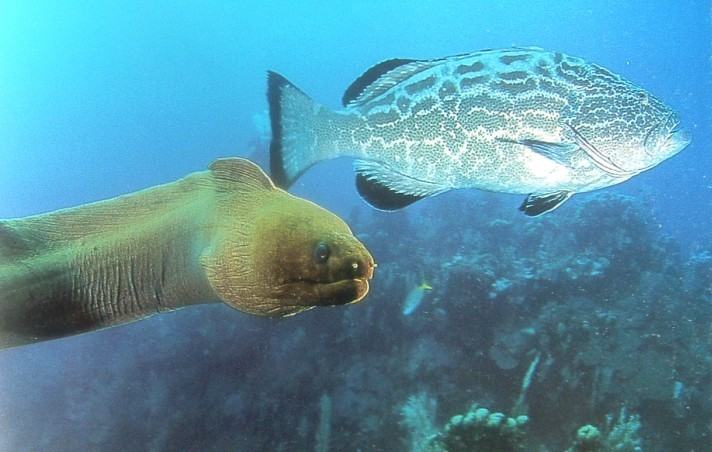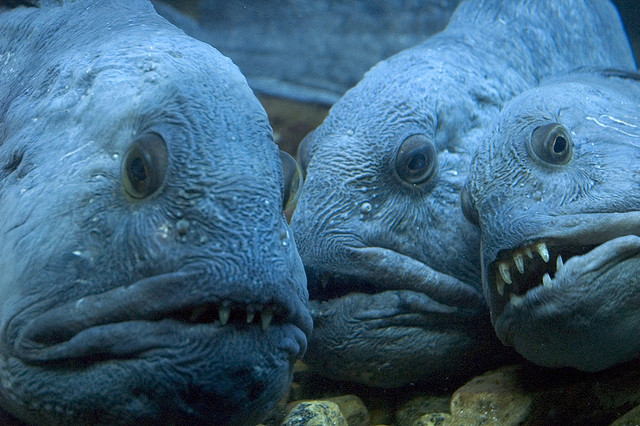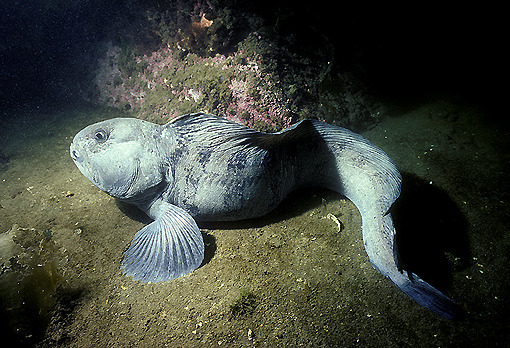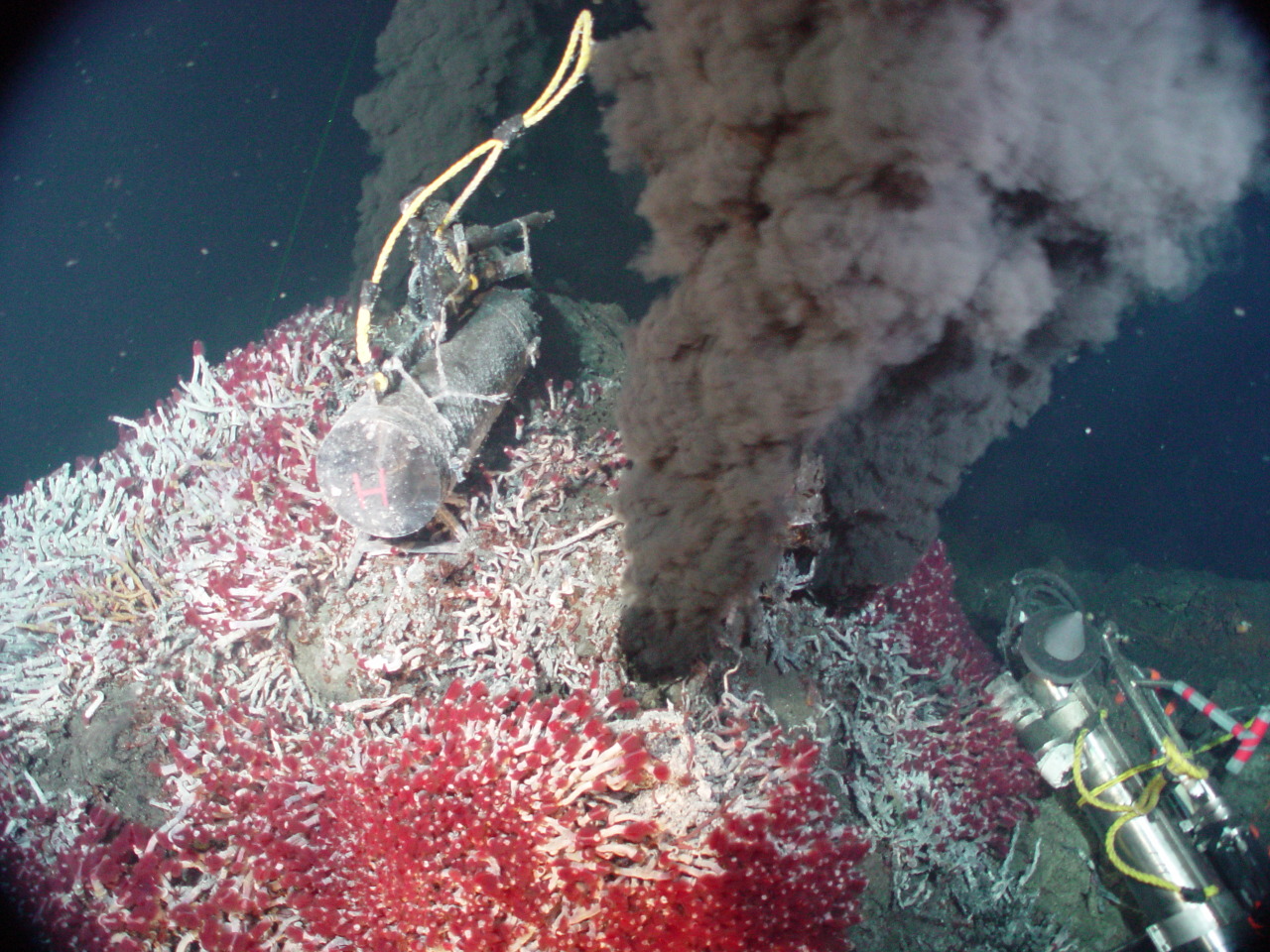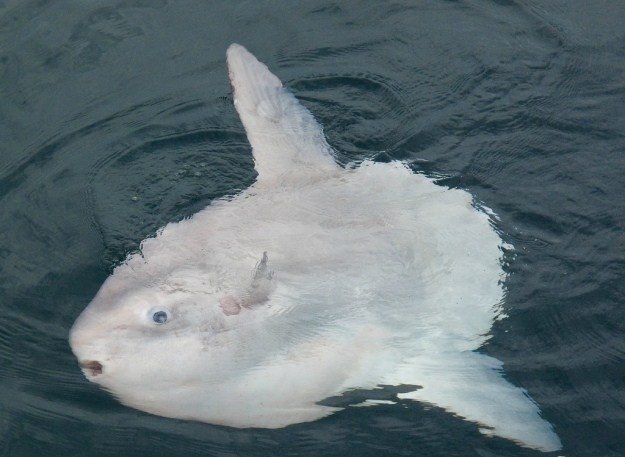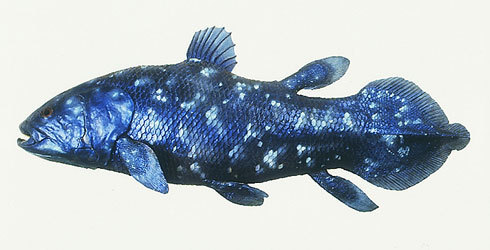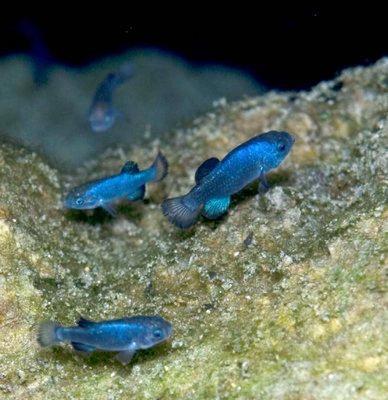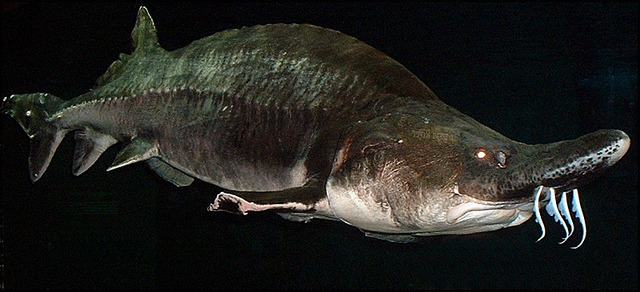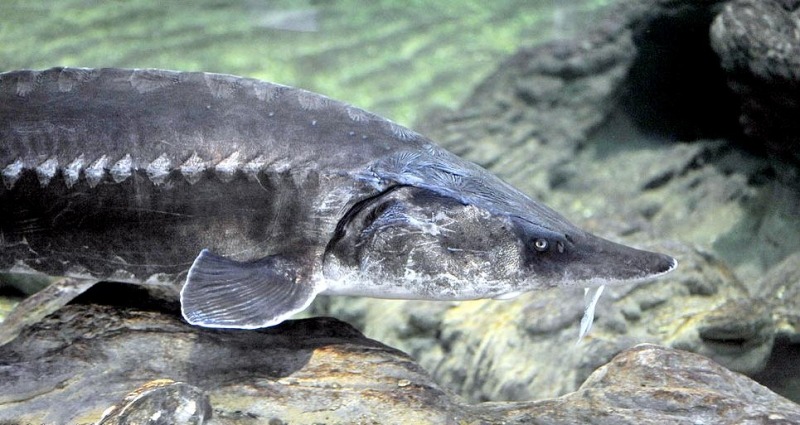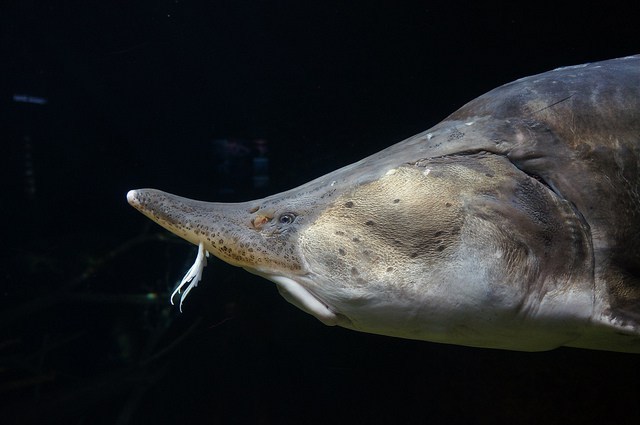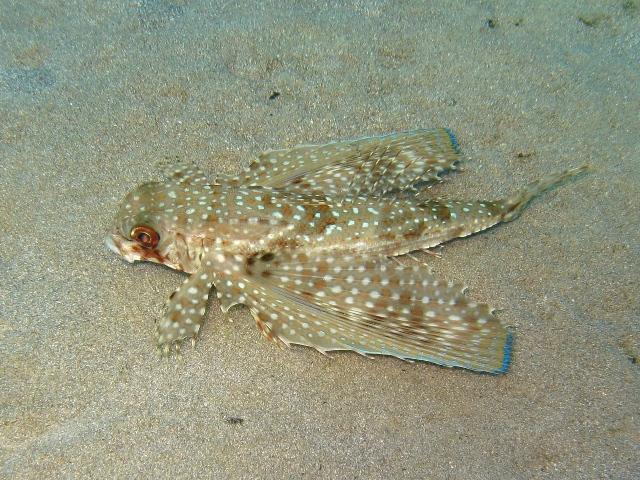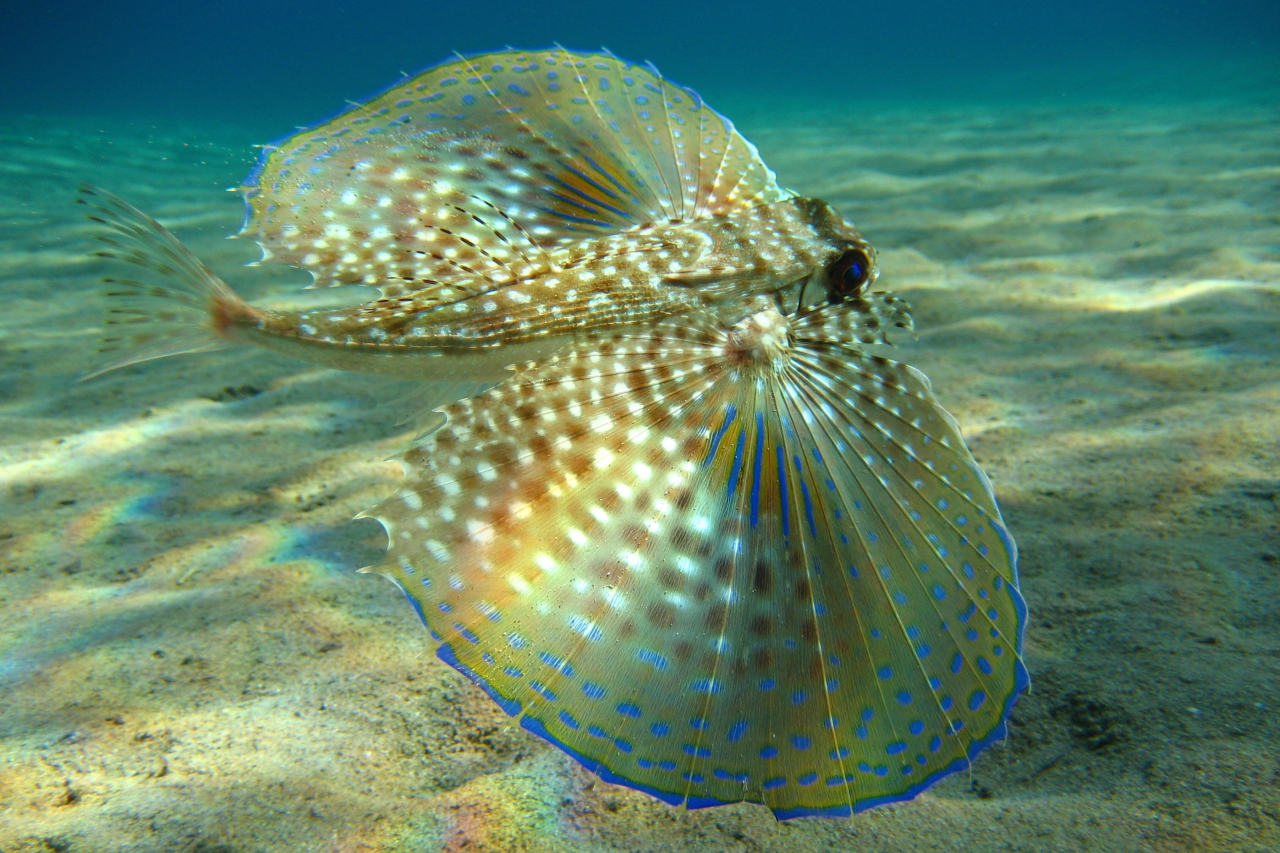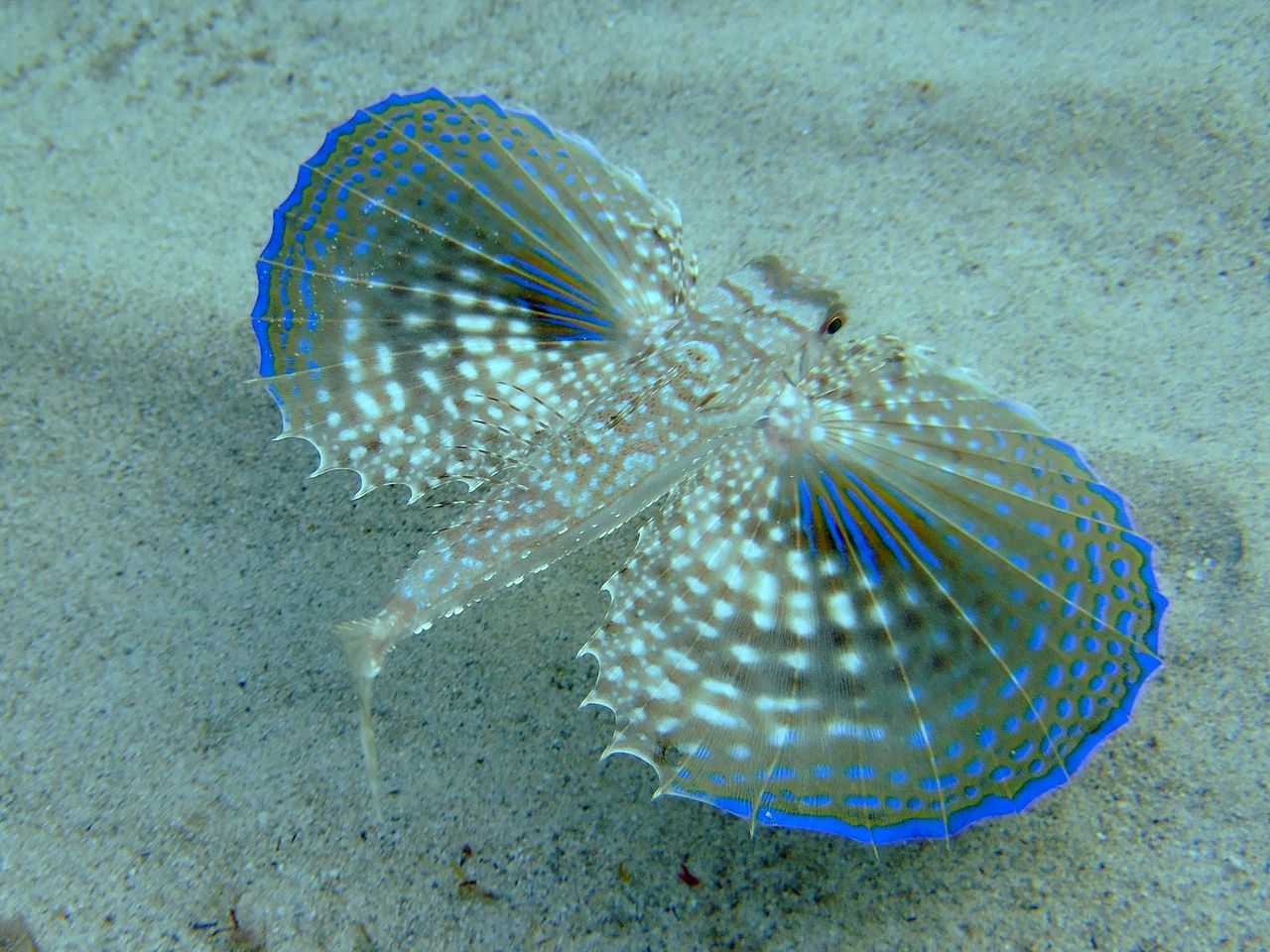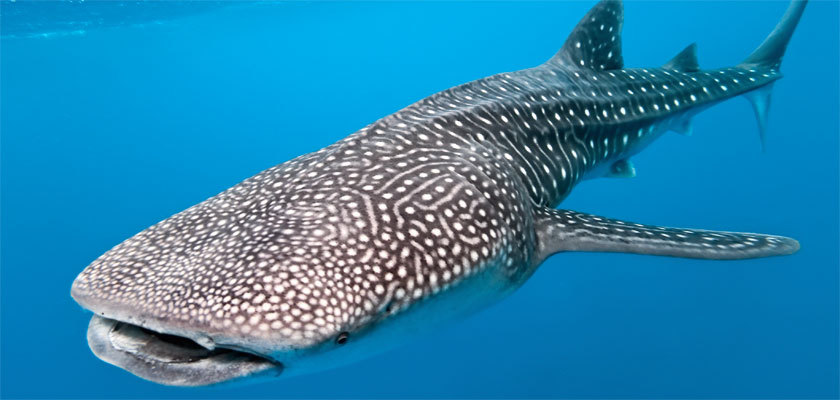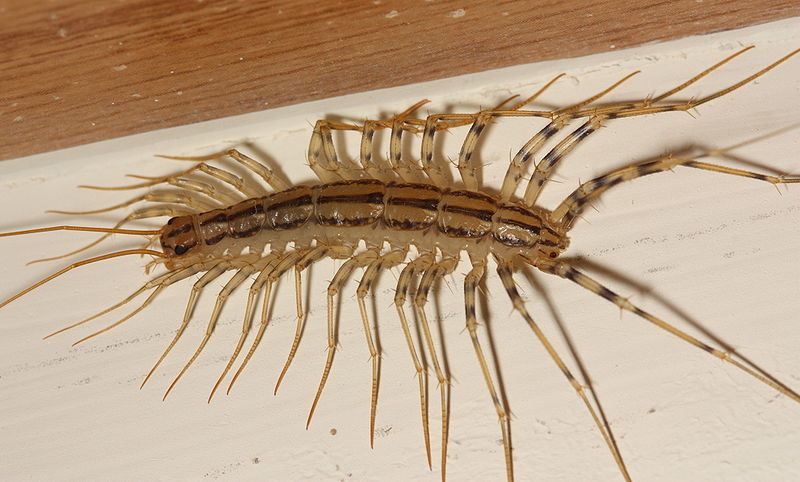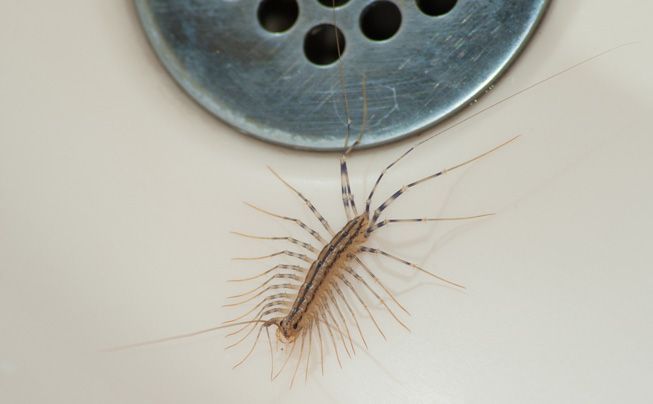Gymnothorax javanicus
Although they may not look like it, eels are a fish, and fish aren’t known for their intelligence. The giant moray eel, however, is one of the few exceptions.
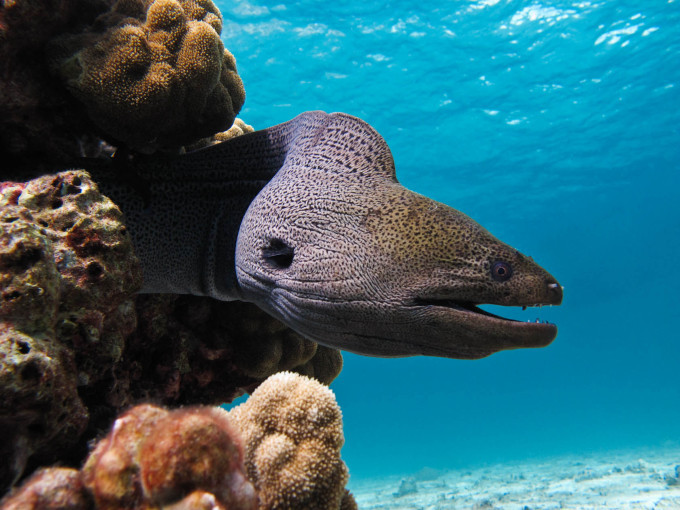
Commonly found in the Indo-Pacific region of the oceans, the giant moray lives in coral reefs, sleeping in the many crevices of the reef during the day, coming out at night to hunt fish and crabs. While it isn’t the longest eel in the moray family (slender giant morays can get up to 13 feet long, versus the 10 feet of the regular giant moray), it is considered the largest, since it is considerably heavier, tipping the scales at 66 pounds. The giant moray also has a secondary set of jaws (pharyngeal jaws for the scientifically inclined) that operate independently from the primary jaws to drag food down towards their stomach.
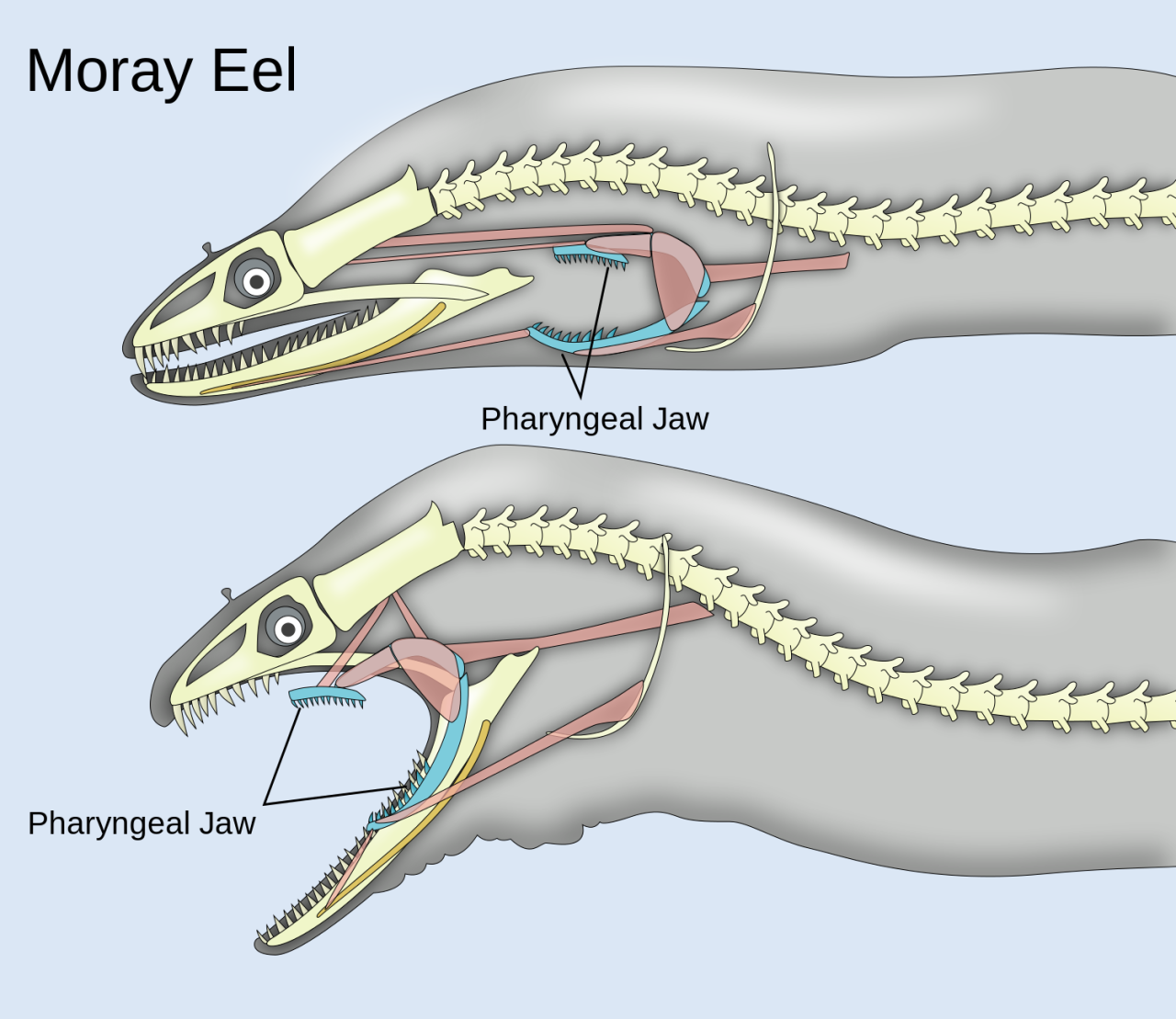
Giant morays can be fierce creatures, attacking anything that invades their personal space, in some cases, causing scuba divers to lose fingers, or even entire hands. However, morays have been known to form lasting friendships with divers, and in one case, an eel recognized and played with a diver that had not been in the area for three years.
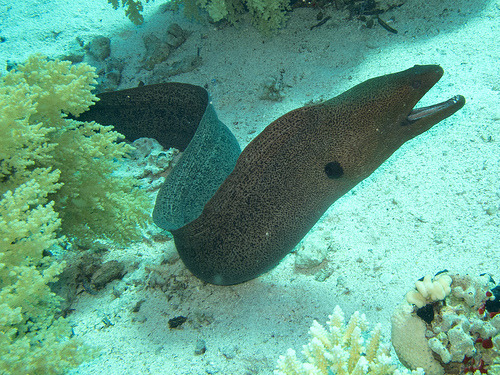
That isn’t the only clue to the morays intelligence. The giant moray is the only known fish to participate in interspecies cooperative hunting (along with its partner, the roving coral grouper). The grouper will invite the giant moray to hunt, and the moray obliges, flushing out small fish in the parts of the reef that the grouper can’t reach. In return, the moray gets to keep the fish that the groupers don’t catch, showing just how extraordinary the giant moray eel is.
